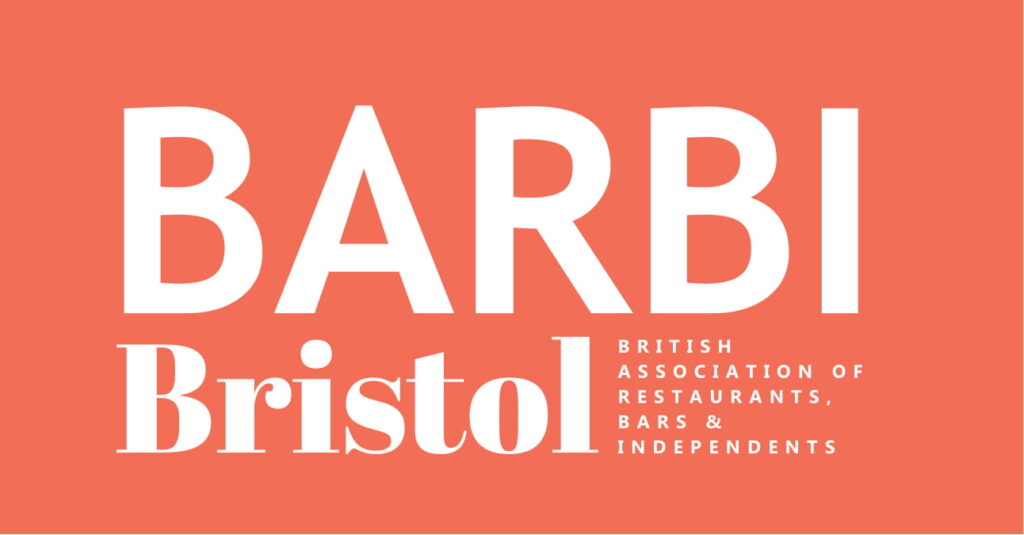Insurance is a complicated world, right?
Maybe not. Or at least, it doesn’t have to be. When you partner with NDML, you are not just gaining a broker that will fight your corner.
You are working with a broker who will cut through the jargon and tell you what you need to know in simple terms.
Our mission is to make insurance less confusing for our customers. One of the areas of insurance that we get most questions about, is the language insurers use.
Policy documents are full of insurance terms that won’t mean much to those who aren’t in insurance. But we’re here to help!
In this blog, we’ve taken a few of the most common terms and explained them in a ways that’s easy to understand.
And if you’re still not sure, feel free to ask us…use the contact details on the ‘contact us‘ page to get in touch.
Glossary of Common Insurance Terms
Additional Increase in Cost of Working: Additional Increase in Cost of Working, or AICOW for short, is an extension to Business Interruption cover and ensures you are up and running as quickly as possible after a claim. Not to be confused with ICOW (Increased Cost of Working Cover), AICOW covers those costs that are in excess of the claim and any loss of earnings. For example, imagine you ran a warehouse which house food produce. Your roof is damaged in a storm and needs urgent repair. ICOW cover would offset the cost of repairs and earning you can’t make while you’re warehouse is out of action. However, because your roof is damaged, rain is leaking in and your produce needs moving to a different location. AICOW cover would help you with costs for freight and storage.
Adjustments: If your policy is based on estimated financial figures, like estimated annual gross profit, you’ll be asked by the insurer to produce year-end figures. Depending on whether your estimates match up to your year-end figures, the insurer may make an adjustment to your policy quote.
Aggregate Limit of Indemnity: The maximum amount an insurer will pay for all claims over a set time frame, usually the period of insurance.
All Risks: If you’re covered for ‘All Risks’, you are protected against damage arising from any non-fortuitous circumstance, as long as it isn’t specifically excluded elsewhere in the policy.
Average: In the unfortunate event that you’re under-insured an insurer might look at Average when deciding how much they should pay out on a claim. Average basically looks at the percentage you’re underinsured, and they will under-pay the claim by the same percentage. For instance, if you should have cover for £10m, but you’re only insured for £7m, the insurer might only pay out £700,000 on a £1m claim.
A simple sum to work out Average is Claim x (sum insured \ current value).
Luckily for NDML customers, we use commercial chartered valuation surveyors, our own in-house business interruption valuation tool and a whole host of other skills and services to make sure you’re not exposed.
Claims Expenses: These are expenses arising from making a claim e.g the cost of loss adjusters
Claims Made vs Claims Occurring: Claims Made means claims are only covered if the insurer is notified during the policy period. Claims Occurring means you’re covered if the claim occurs during the policy period.
Claims Ratio: This is the ratio between the cost of claims incurred and the policy premium. A venue looks better to an insurer if they have a low claims ratio.
Condition: A condition dictates what you can and can’t do within your policy. These are absolutes and if you don’t stick to them, you could be left uninsured. An example of a condition could be that you must install a Redcare intruder alarm at your venue.
Co-Insurance: Where you are responsible to pay an agreed percentage of any claim, usually subject to a fixed minimum and maximum payment level.
Contribution: There may be an occasion where you have a two insurers cover you for the same or a similar thing. This is most common for wide ranging policies. In that event, one insurer may pay out on a claim and have a legal right to recover some of their costs from another insurer covering the same thing.
Day One Reinstatement: Under the Day One Reinstatement Basis the Sum Insured is declared as at the first day of the insurance and an inflation provision is then chosen to reflect the effect of inflation.
Declared Value: The declared value is the cost of rebuilding or replacing property if a claim was made on the first day of the policy period.
Endorsement: A written document issued by the insurer noting a change to the policy. This may result in a premium alteration.
Excess: Excess is the first part of the claim payment which is covered by the insured.
Excess of Loss: Also known as an ‘excess layer’. This is when you require a level of cover above what your primary insurer can offer and another insurer provides a ‘layer’ sitting above the primary insurer for the same class of insurance.
Exclusion: An exclusion is a note in your policy from your insurer which basically says ‘we aren’t liable for this claim if it’s caused by…’. An example of this is an act of God exclusion which says insurers won’t pay out for things like volcanic ash clouds.
Fee: These are costs in addition to your policy that you might end up paying to your broker (for the work they do in setting up your policy) or insurers (most commonly for administrative changes to your policy).
First Loss: What is ‘First-Loss Policy’ A first-loss policy is a type of property insurance policy that provides only partial insurance. In the event of a claim, the policyholder agrees to accept an amount less than the full value of damaged, destroyed or stolen items or property.
Franchise: Exclusion of all losses below a set monetary or time limit. Losses that exceed the limit are paid in full.
Inception Date: The date when an Insurance Policy commences cover.
Indemnity: Indemnity is the principle where insurers agree to put you in the financial or asset-holding position you were in prior to your claim.
Indemnity Basis of Settlement: Often referred to as ‘like-for-like’, Indemnity Basis of Settlement is a condition attached to property which states that the insurer will pay out or replace property to match its current market value. This means that if your deep fat fryer was £10,000 brand new but you’ve been using it for 5 years, the insurer will only pay out to its current value which could be more like £5,000.
Indemnity Period: Under a business interruption insurance, the indemnity period is the length of time that it may take your venue to be put back in the position it was pre-loss.
Insured: The person whose property, life, liability etc. is insured or in whose favour the policy is issued.
Insurer: The company (or person) providing the insurance.
Limit: Also referred to as ‘Limit of Indemnity’. The insurer’s maximum liability under an insurance policy may be expressed “per accident”, “per occurrence”, “per annum”, “per vessel”, “per aircraft”, “per location” and “per any one conveyance”. Some policies may provide no cover if certain limits are exceeded – an example is the Contract Limit of a Contractors All Risks Policy where no cover will apply if original Limit selected is less than an actual contract value.
Long Term Agreement: Known as an LTA, a Long Term Agreement is an agreement that gives the policyholder a discount on their premium in return for committing to renewing for a fixed number of years.
Material Facts: A Material Fact is a fact that influences an insurer as to whether to accept a risk and if so at what premium/terms. You must never knowingly withhold a material fact from an insurer as to do could negate insurance cover.
Peril: The cause of loss insured against such as fire, storm, flood or malicious damage etc. (Also known as insured peril).
Period of Insurance: The period of cover provided by your policy.
Premium Payment Warranty: A condition of an insurance contract whereby provision of cover is conditional upon receiving premium payment by a specified date.
Reinstatement Basis of Settlement: Reinstatement means the cost of replacing or reinstating on the same site, property of the same kind or type but not superior to or more extensive than the insured property when new.
Renewal: The process of arranging insurance cover at the expiry of the current period of insurance. The premium level may be revised from that paid in the previous period of insurance.
Risk: The hazard insured against or the subject matter of the insurance, e.g the venue.
Subrogation: Subrogation is basically the transfer of liability depending on fault. Again, it may be better to use an example to explain this one. Imagine you have to claim against your insurance because the roof has started to leak. However, after paying out the claim, your insurer discovers that the leak was the sub-contractor’s fault. Subrogation is the recovery of costs by your insurer from the sub-contractor’s insurance.
Sum Insured: The maximum amount payable in the event of a claim under a contract of insurance.
Third Party: Someone other than the Insured or the Insurer.
Underwriters: Those performing the underwriting for an insurance company, or Lloyds Syndicate.
Warranty: A very strict condition in a policy imposed by an insurer. A breach of warranty could see the insurer deny your claim.
Wear & Tear: This is the amount deducted from claims payments to allow for depreciation in the property insured which is caused by its usage.







